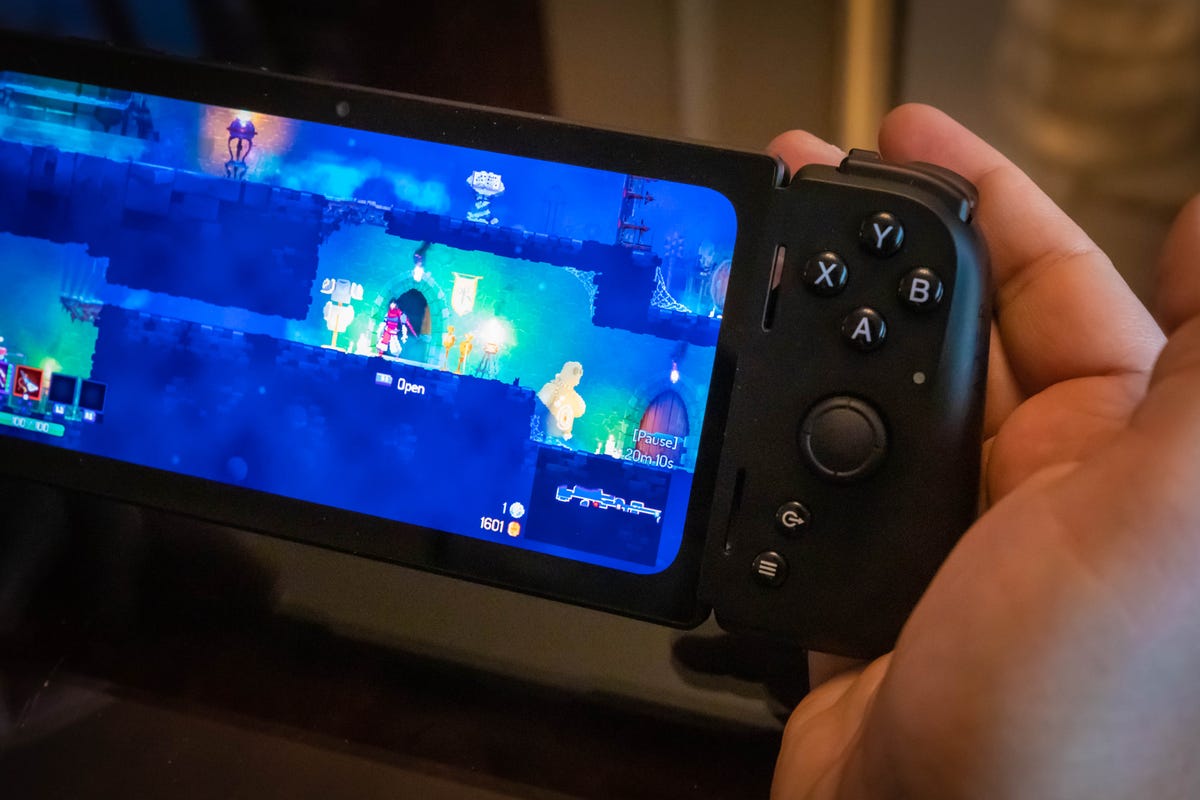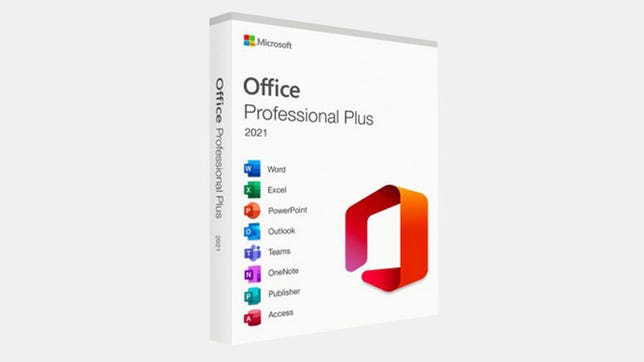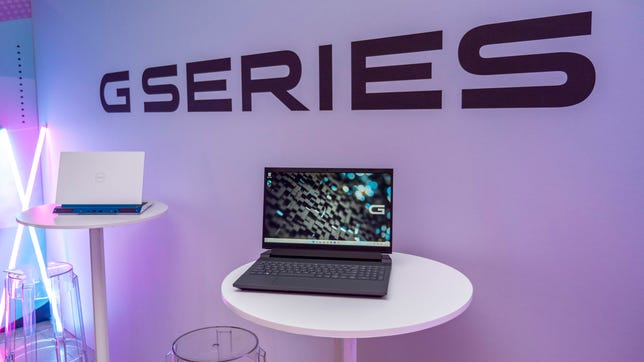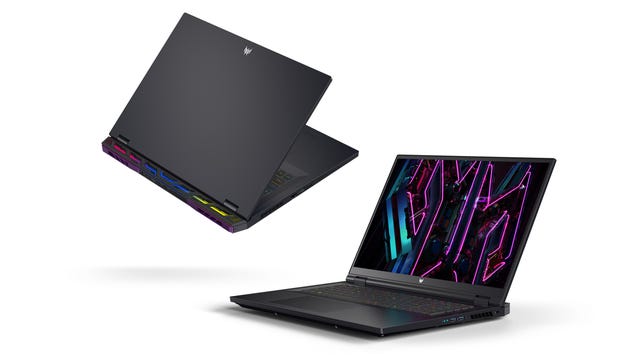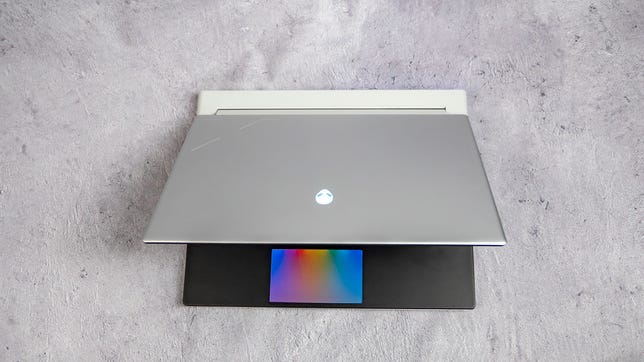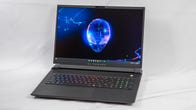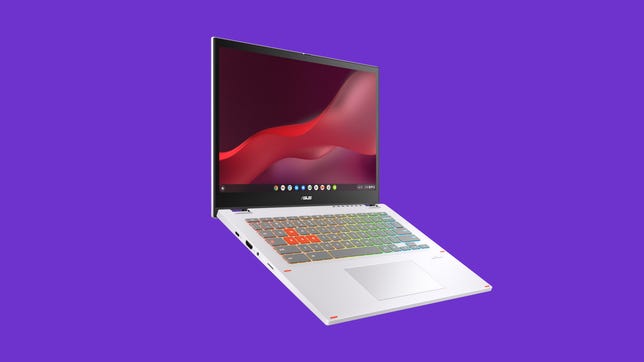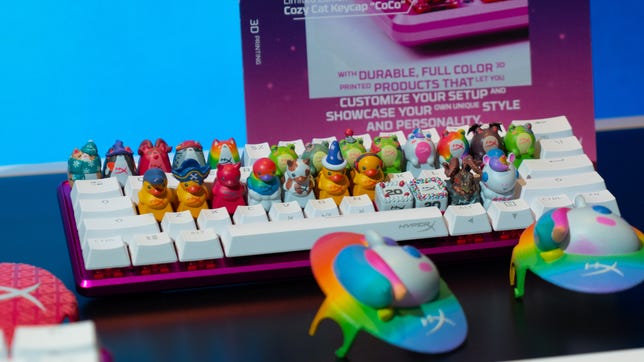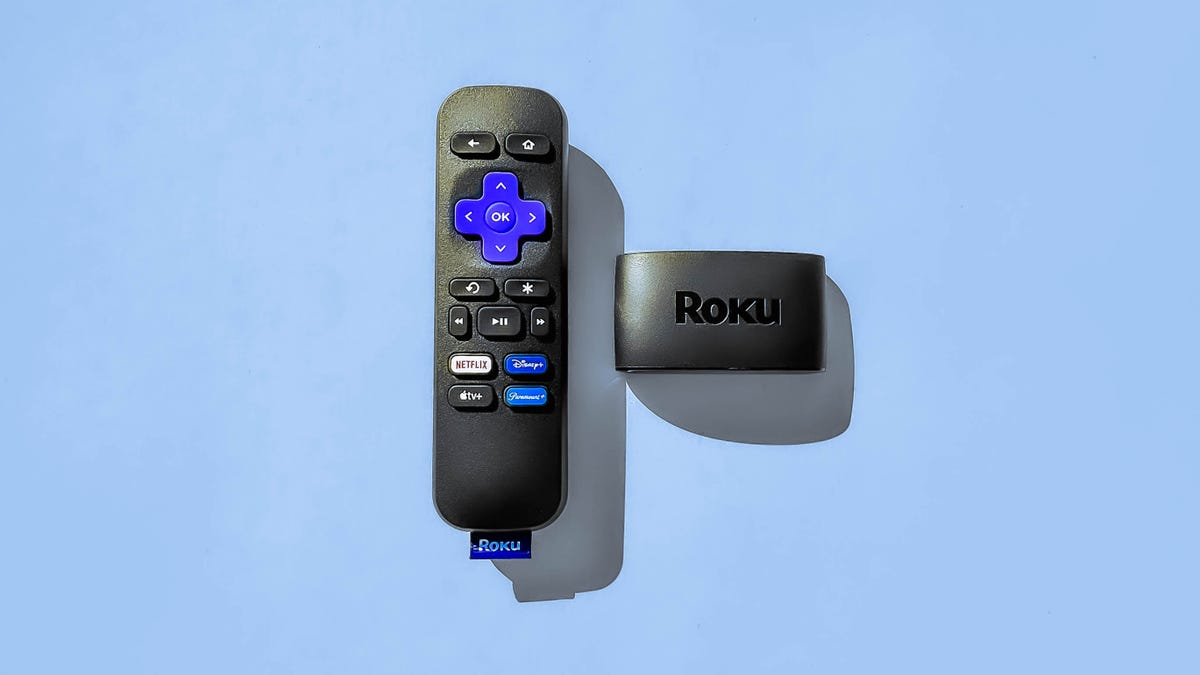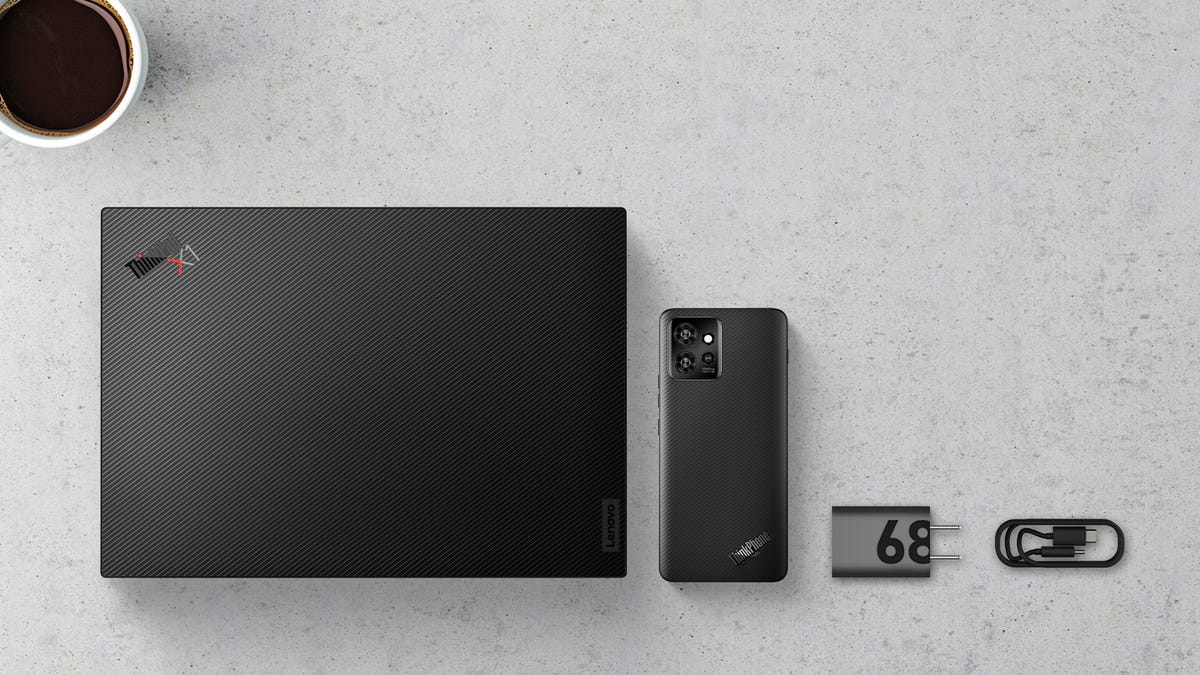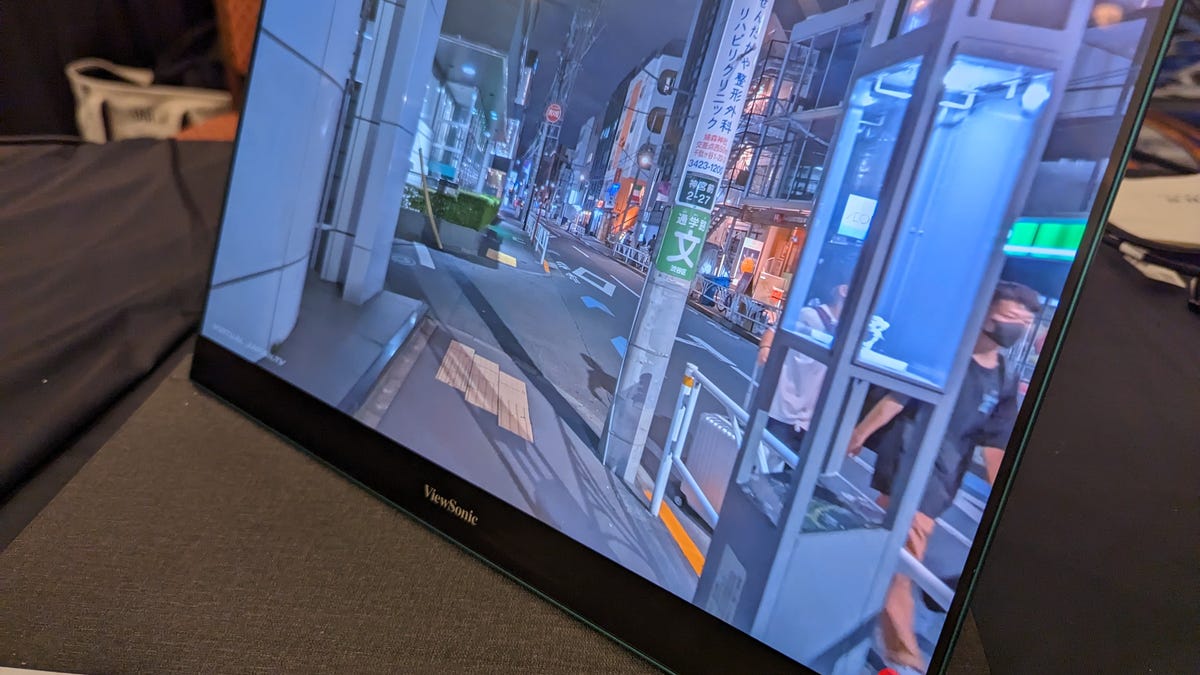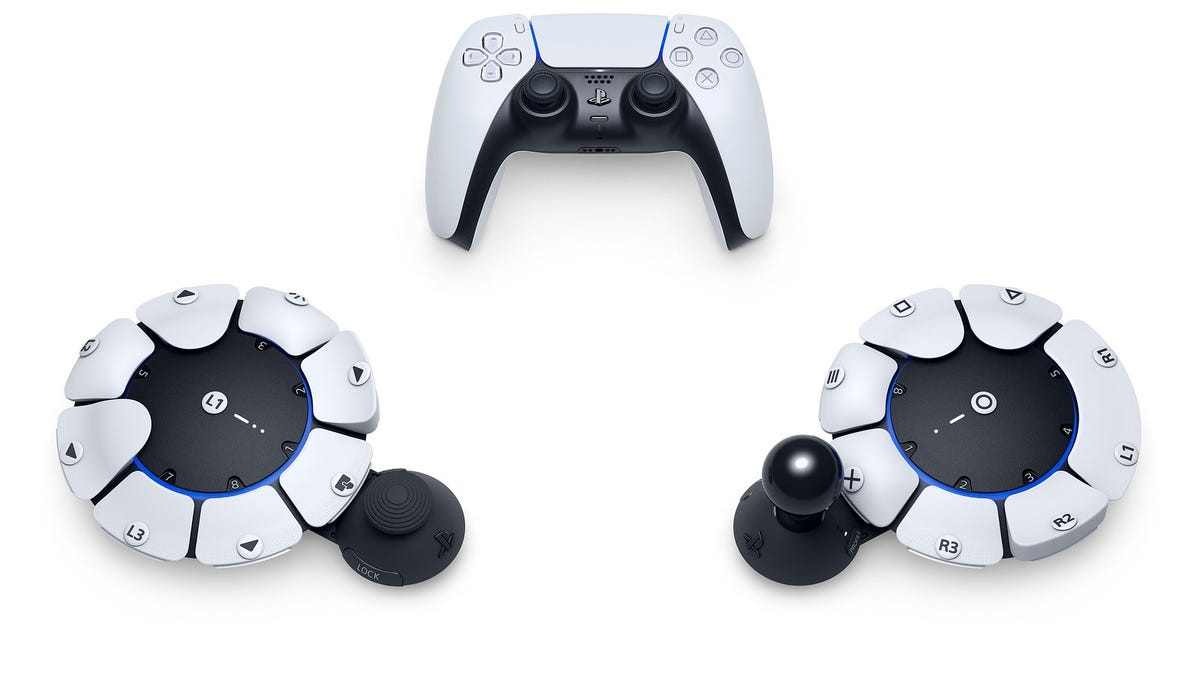In the mountain of cutting-edge laptop designs at CES 2023, it’s easy to overlook accessories, but you shouldn’t. The Lenovo Magic Bay Light is one of the three laptop accessories Lenovo unveiled at CES this year, along with its own new laptops, including the ThinkBook 16p Gen 4 Laptop and the new Dual-Screen Yoga Book 9i. If you’re tired of constantly adjusting your lamps just to show up on video calls, you’ll like the Magic Bay Light’s sleek and discreet design.


At first, the Magic Bay Light looks like a block light that attaches to the top of your screen. That alone can be appealing, given how frustrating bad lighting while video conferencing can be. But that’s not the whole story. What sets this accessory apart is that it has no cords or battery packs. That’s right; you don’t have to add to the tangle of wires hanging behind your desk to get professional-looking lighting. It delivers 200 lux of adjustable brightness without draining your laptop battery.
It’s an accessory you add to your setup and forget about. You don’t have to plug it in or turn it on; it does all the hard work on its own. When you turn on the laptop’s webcam, the light automatically powers up, cutting out the harsh shadows that obscure your face during meetings.
The Magic Bay Light, along with the other two accessories unveiled at CES, is compatible with the ThinkBook 16p Gen 4 Laptop, which has a modular accessory design. A row of magnetic pin connectors at the back of the screen behind the webcam allows users to add and swap out accessories without cords.


There’s one catch: the Magic Bay Light is only compatible with the ThinkBook 16p Gen 4. One of the other accessories released today, the Magic Bay LTE, includes a USB Type-C port and cable, which lets you use the accessory with other laptops. However, the Lenovo Magic Bay Light does not. So, you have to buy their latest model to reap the benefits of this product.
Lenovo’s Magic Bay accessories will be available exclusively in a bundle with the ThinkBook 16p Gen 4. The laptop retails for $1,349 and will be available in May. Pricing for the bundles was not provided.



